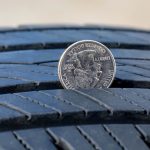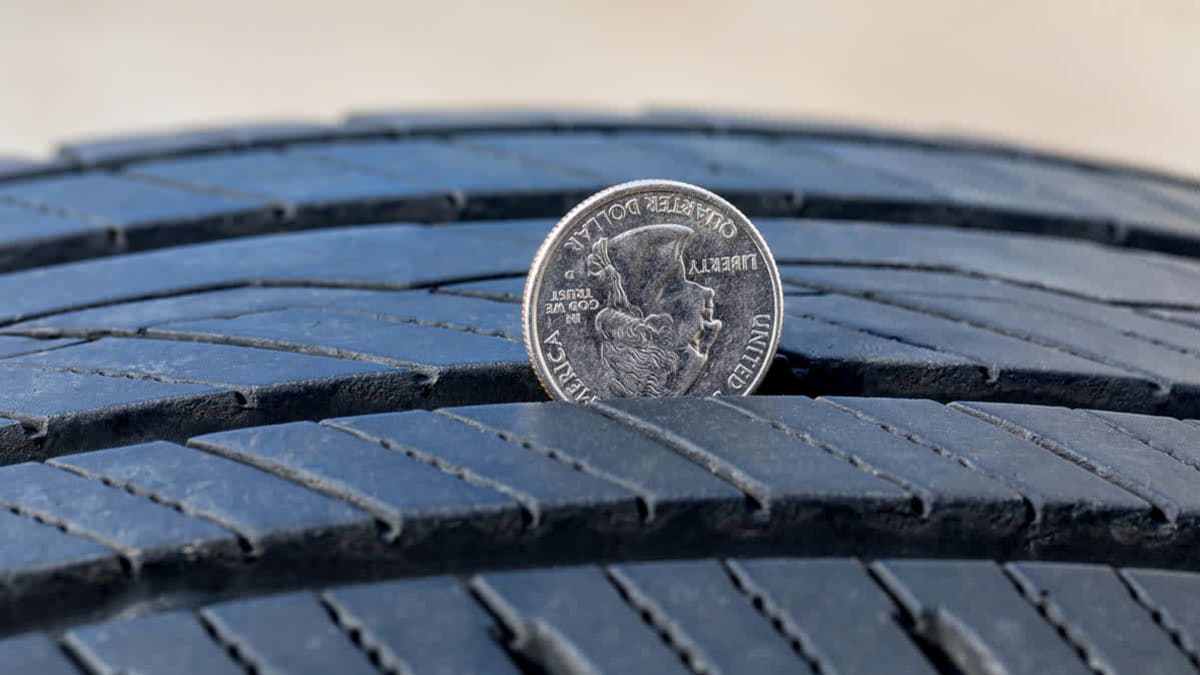
John Muir famously set off for the mountains with “some bread and tea in a pair of blankets with some sugar and a tin cup.” I admire his ultralight spirit and disdain for comfort on the trail, but I’d be willing to bet that if Muir were around today, he’d bring a good down sleeping bag with him, if for no other reason than they’re lighter than old blankets. The tea is essential though, I can’t argue with that.
Whether you’re following Muir into the backcountry, are planning the perfect family camping trip, or are trekking the Camino de Santiago, there’s a sleeping bag for that. No matter how you travel, where you’re headed, or how much comfort you seek, after years of testing, we’ve found the best sleeping bags for everyone.
Adrienne So, Martin Cizmar, and Matt Jancer contributed to this guide.
Be sure to read through our other outdoor guides, including the Best Sleeping Pads, Best Tents, Best Camp Stoves, and our Camp Cooking guide.
Table of Contents
- Best for Backpackers: Mountain Hardware Bishop Pass 15
- Best for Car Campers: REI Siesta Hooded 20
- Best All-in-One Sleep System: Zenbivy Bed
- Best Ultralight: Sea to Summit Spark 15
- Best for Side Sleepers: Therm-a-Rest Questar 20
- Best for Warm Weather: Marmot NanoWave 45
- Best For Spring and Fall Trips: Magma 15 Sleeping Bag
- Best Expedition Bag: Rab Expedition 1000
- Best Quilt: Therm-a-rest Vesper 32
- Best for Kids: REI Kindercone
- Best Synthetic Bag: Marmot Ultra Elite 20
- How to Pick the Perfect Sleeping Bag
- How We Tested
- What All The Terms Mean
Special offer for Gear readers: Get WIRED for just $5 ($25 off). This includes unlimited access to WIRED.com, full Gear coverage, and subscriber-only newsletters. Subscriptions help fund the work we do every day.
The Best Sleeping Bag for Backpackers
Mountain Hardware’s Bishop Pass 15 offers the best warmth-to-weight ratio while also managing to pack down small and not be too expensive. It isn’t perfect, but it strikes the best compromise for most backpackers, being warm enough for the shoulder seasons and light enough (2 pounds and 5.4 ounces) that you won’t mind it even when you barely need it in the summer. I have slept in this bag for more than two weeks, with nighttime temps ranging from 28°F to 65°F, and, yes, it was too much in the heat as a sleeping bag. But on those warmer nights, I unzipped it and covered myself like a warm blanket. For everything else, I slept very well. It’s a versatile bag.
The Bishop Pass 15 uses 650 fill power down wrapped in a 20-denier water-resistant ripstop nylon shell. (Note: You’ll often see 20-denier written as 20D; see below for more on what those terms mean.) One of the great things about this bag is the draft collar and face gasket feature, which does a great job of keeping your head warm. With the drawcord cinched down, you can conserve even more body heat. This is one of the few bags I’ve tested where I didn’t feel the need for a hat. The insulation does a good job of staying where it should; I didn’t find any bad cold spots in this bag.
My only gripe about this bag is that it’s tight—there’s not much room for anything but me. That makes it efficient and keeps you warmer, but this is not a good option if you’re looking for something roomy (see the Therm-a-Rest Questar below). I also don’t love the zipper. The pull glows in the dark, which is great, and the zipper doesn’t snag much, but in my experience, it also doesn’t pull as easily as others. Still, those are minor gripes about a bag that gets the rest right.
Specs:
- Temp rating: 15°F/-9°C
- Comfort rating: 26°F/-3°C
- Fill: 650 Fill Power Down
The Best Sleeping Bag for Car Campers
Car-camping sleeping bags aren’t a place to spend lots of money. Should your best efforts to cocoon warmth around you fail, there is, after all, a car to retreat to. That’s why we love the REI Siesta Hooded 20—it’s plenty warm and affordable. It’s also not a mummy bag, because you’re not climbing Denali; why cramp yourself if you don’t have to? The Siesta’s rectangular cut makes for a much roomier, more comfortable bag. The Siesta is made of recycled polyester throughout, with a polyester filling. Despite that, the lining on this bag is noticeably softer than many others in this guide.
The Siesta’s 20-degree rating makes it enough for three-season trips, and unlike most rectangular bags, the Siesta has a hood, which helps on those cold nights. What makes this such a versatile bag, though, is the double zipper system. There’s a full-length zipper, which means you can turn it into a quilt on warmer nights, and there’s also a second partial-length zipper on the other side so you can have more airflow when you want it. (You can also now zip two Siestas together, which wasn’t possible with earlier versions.)
Specs:
- Temp rating: 20°F/-6°C
- Fill: 650 Fill Power Down
Best All-in-One Sleep System
The Zenbivy Bed 25 (9/10, WIRED Recommends) is hands down the most comfortable backcountry sleeping experience I’ve ever had. It wouldn’t be my top pick for extreme situations, but so long as your expected temperatures fit in Zenbivy’s range, it doesn’t get more comfortable than this. The Zenbivy isn’t just a sleeping bag though. It’s a sheet, hood, and quilt-style bag that can be combined in various ways depending on what you want.
The top sheet that covers the sleeping pad is made of 50-denier polyester pongee, which is wonderfully soft and feels like your bed at home. The sheet has the hood portion of the sleeping bag attached to it. Then you lay the top quilt (made of 20D nylon) over that. This is the coolest, loosest way to use the system, perfect for those warm nights. This is how I did most of my testing since I sleep rather warm. Should the temperature drop, you can zip the quilt foot box up into a mummy bag configuration and zip the upper sides to the bottom sheet. I did this on a couple of cooler nights in the Keweenaw Peninsula when it got quite frigid.









